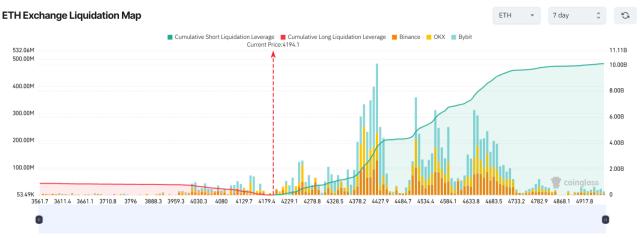(This article is an edited copy, written and provided by Anoma. It does not represent the views of Dynamic Zone and does not constitute investment advice, nor does it constitute a recommendation to buy or sell. See the liability warning at the end of the article for details.)
Anoma , a decentralized operating system positioned as the unified application layer for Web3, officially launched on the Ethereum mainnet on September 23rd. This launch not only introduced Anoma's native XAN ERC-20 token, but also activated a protocol-level governance system to oversee future upgrades and economic decisions.
In the future, Anoma's novel intent-centric architecture will be gradually deployed through a series of upgrades.
Anoma aims to solve the industry's long-standing dilemma of excess infrastructure and a lack of usable applications by creating a universal, intent-based application layer. Developers will be able to write a single application and deploy it on any chain without having to reconfigure code or user experience (UX).
This makes Web3 applications feel closer to the familiar internet while retaining all the advantages of decentralized applications. Early applications using Anoma have already demonstrated its design advantages, including AnomaPay , the first global stablecoin router and payment network; SullySwap , a DeFi transaction aggregator; Orda , an intent-based international foreign exchange payment network; and HeyElsa , an artificial intelligence (AI) partner for on-chain transactions.
The project was developed by Heliax and funded by the Anoma Foundation , which has raised $60 million in funding from top investors including Polychain Capital, Coinbase Ventures, CMCC Global, Electric Capital, and Delphi Digital.
Said Adrian Brink , co-founder of Anoma.
“Anoma allows developers to focus on building applications that users love, while users enjoy a seamless experience across all chains. By unifying all existing and future infrastructure under a single application layer, the fragmented blockchain ecosystem can finally be unified under a single operating system while preserving the sovereignty and accessibility of each chain.”
Anoma isn't a blockchain itself, but rather a Web3 operating system, connecting existing chains into a seamless environment, much like how Windows unified the fragmented PC market. In today's blockchain ecosystem, numerous chains, protocols, and liquidity pools are isolated from each other, forcing users to navigate countless technical hurdles, such as managing gas fees, bridging assets across chains, and ensuring compatibility, just to execute simple transactions.
Anoma's breakthrough innovation lies in its "generalized intents ": a novel feature that allows users to express their desired outcomes. Paired with "automated solvers ," a decentralized network of programmatic mechanisms discovers, combines, and computes efficient solutions to match and execute these intents within user-defined constraints. Ultimately, users can seamlessly interact with the multi-chain world simply by expressing their intent.
"We're taking a radically different approach from most new protocols today, which tend to focus on incremental improvements to existing virtual machine environments," said Christopher Goes, co-founder of Anoma . "Anoma is a complete redesign of the decentralized application development stack. We're optimizing from first principles to improve developer and user experience, scalability, and the flexibility to adapt to the evolving needs of future users."
This launch on the Ethereum mainnet is the first phase of a broader rollout plan. Next, Anoma will expand to Base, Optimism, and Arbitrum. Further expansion will follow, as outlined in its roadmap, with the gradual inclusion of other chains and ecosystems, such as Bitcoin and Solana, to expand support and realize its full technical vision.
About Anoma
Anoma is a decentralized operating system that provides a unified application layer for Web3. With Anoma, developers can write their applications once and run them on any chain. Anoma frees developers from the complexities of infrastructure, allowing them to focus on what truly matters: building applications and experiences that users love.
Anoma introduces a next-generation intent-based architecture optimized for application development and user experience (UX), enabling Web3 to support a rich application ecosystem and ultimately compete with Web2 in terms of functionality and experience.







